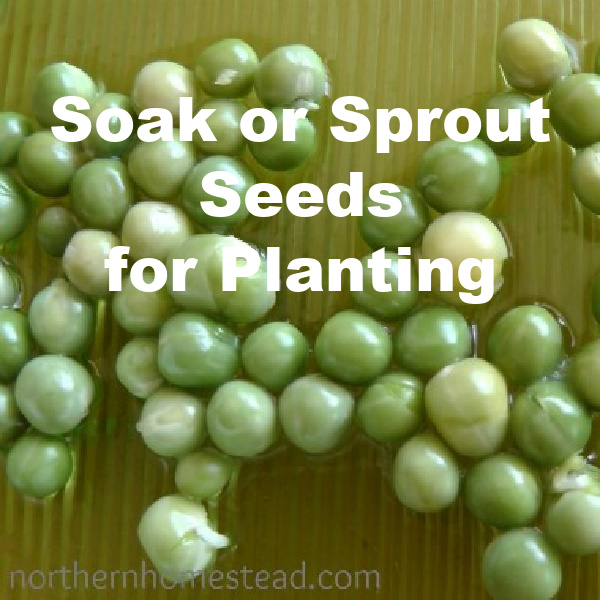
How to Soak or Sprout Seeds Before Planting. Seed soaking or spouting is an option to speed up the germination process. Although it is not required in most cases, we have used it often enough to dedicate a blog article to it. A sprouted seed can yield better results in your flower or vegetable garden.
The difference between soaking and sprouting
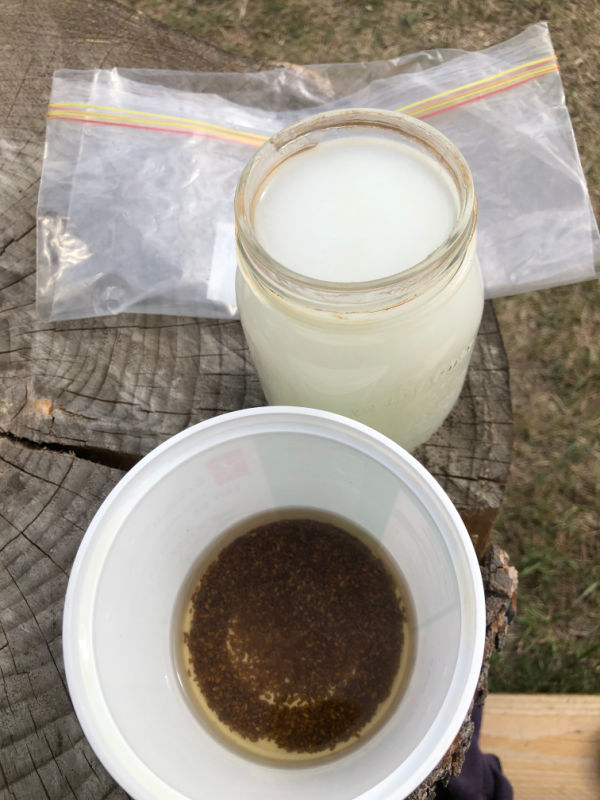
Soaking seeds means putting seeds in water to give them the chance to soak up moisture. It awakens the seeds and is a great way to speed up germination time for larger seeds. The soaking in water usually takes 8-12 hours. Warm water speeds up the process. Smaller seeds can also be soaked but wet seeds might be harder to handle. We soak the carrots seeds before sowing in corn starch for example.
There is a danger to drown the seeds, though, if you leave them in water for too long. Some seeds will never germinate when left in water. Personally, we prefer to use a Sprouter instead.
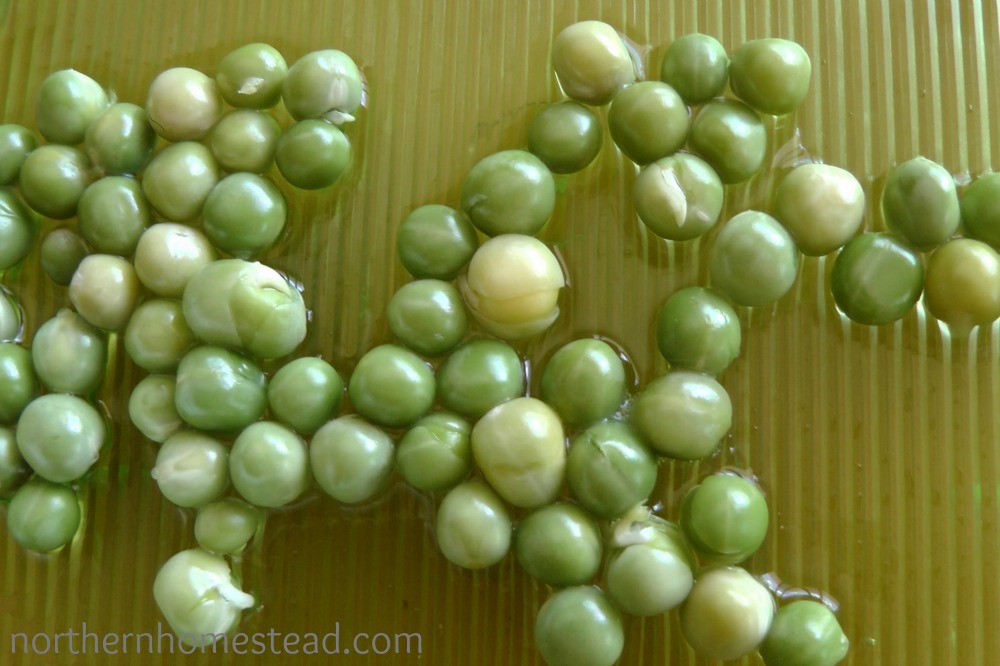
In the Sprouter the seeds get soaked for a few minutes but then leave some moisture in the grooves. There is no danger of oversoaking, and the seeds can be left to sprout if so desired.
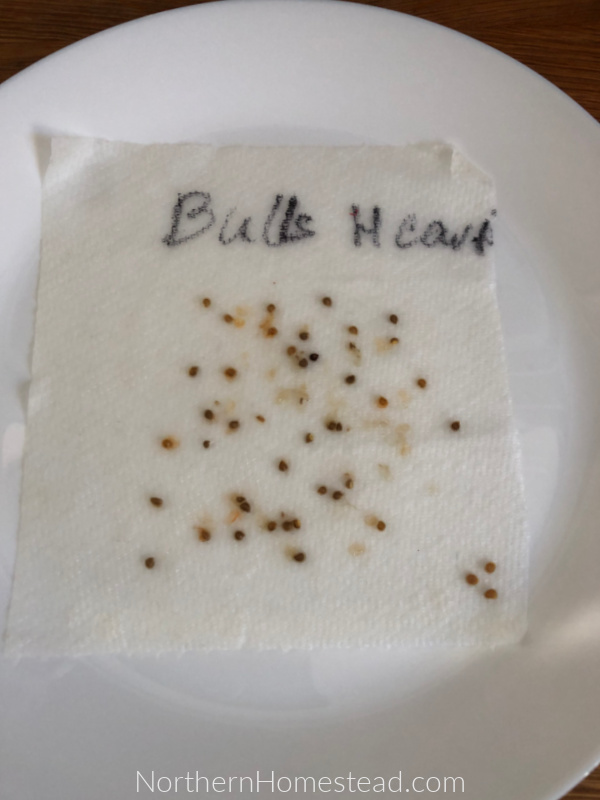
If you do not have a Sprouter, sprouting on damp paper towels on a plate is another option. Soak the seeds for 30 minutes to an hour, then spread them out on the towel. Keep the towel moist till the seeds germinate and out of direct sunlight.
For sprouting seeds are left till they show a small sprout. It’s the beginning of a root, and with that, the growing process has started.
What type of seed to sprout?
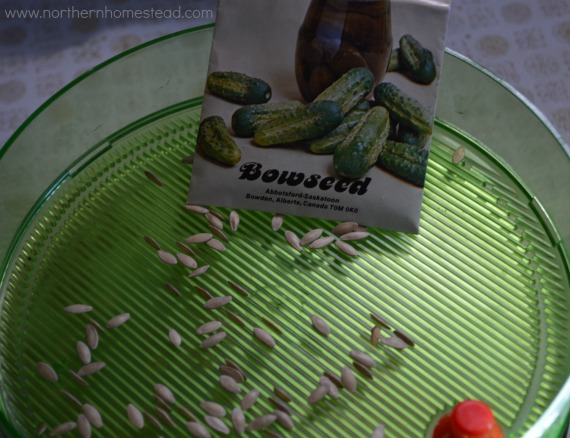
Any seeds can be sprouted. However, like we said before very small seeds can be difficult to handle after they have sprouted. Bigger seeds like peas, beans, cucumbers, and squash are great for sprouting. Those are also all seeds that are best planted directly. The sprouting gives you the benefit of speeding up the germination.
Cucumber or pumpkin seeds should be sprouted for a short time since these plant varieties do not like it if roots are disturbed. As soon as the seed sprouts show, plant them. In cooler weather, you want to wait with cucurbit plants till after all the danger of frost is over. To have a head start on the season but still not have to gotthrouh a transplanting, using a bottomless seedling container is a great idea.
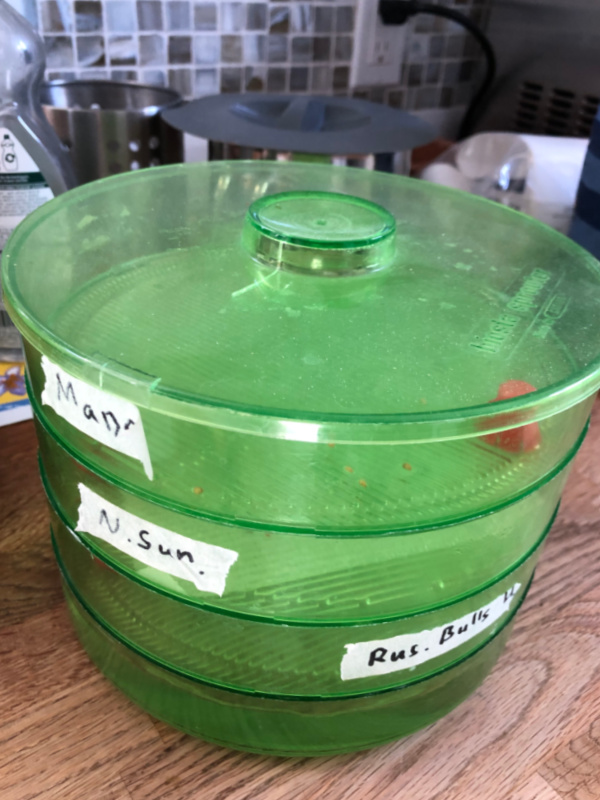
Sprouting is also a great option for old seeds of any kind to check the germination rate. If you are not sure if they will still grow, instead of planting and hoping for the best, sprout them first. If they don’t sprout, you do not waste time and effort to plant them.
When sprouting different varieties, remember to label them; it might be difficult to tell sprouted seeds apart.
For how long to sprout seeds?
The amount of time it takes to sprout seeds varies depending on the variety and quality of the seeds and the ideal temperature. Most seeds can be sprouted at room temperature, but heat-loving plants like peppers, corn, cucumber, and eggplant prefer a higher temperature of optimal 85F (29C). It’s important to keep the seeds moist and out of direct sunlight. Be sure to monitor the sprouts closely, as they may grow faster than expected.
For planting out directly into the garden you want the seeds to be just show the sprout. This way, they are easier to handle, and you will not accidentally break off the new sprout.
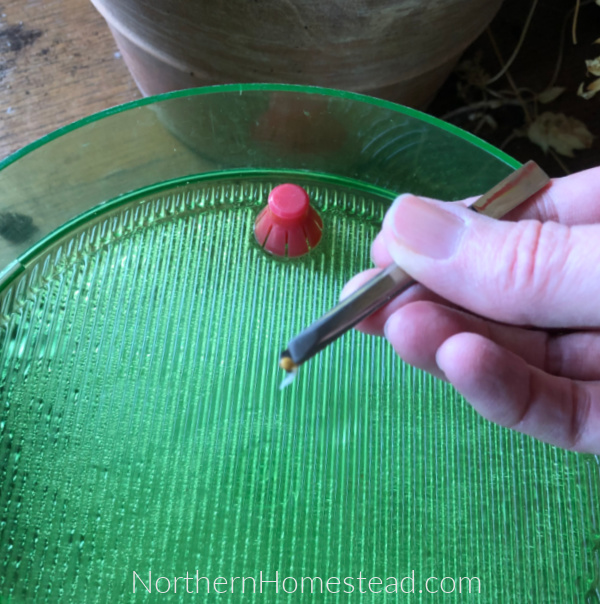
Seeds can also be pre-sprouted for planting seedlings, for example, tomato or pepper seeds. In this case, they can be left for a bit longer since you are handling each seed individually. Again, you can use a sprouter or the paper towel method to sprout the different seeds. Use a spray bottle to keep them moist. Choose a warm spot out of direct sunlight. Once the sprouts have grown, carefully lift every seed with the little root on it and plant it into a pot. I use tweezers for that.
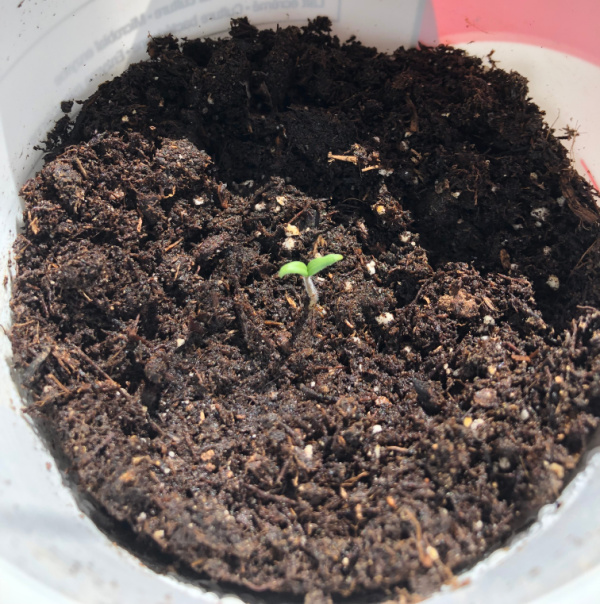
If precise work with little seeds is not your thing, you can still sprout the seeds, just plant them before they have a root. Planting a rooted seedling just speeds up the germination even more. It is all optional, do what works best for you.
Planting soaked or sprouted seeds
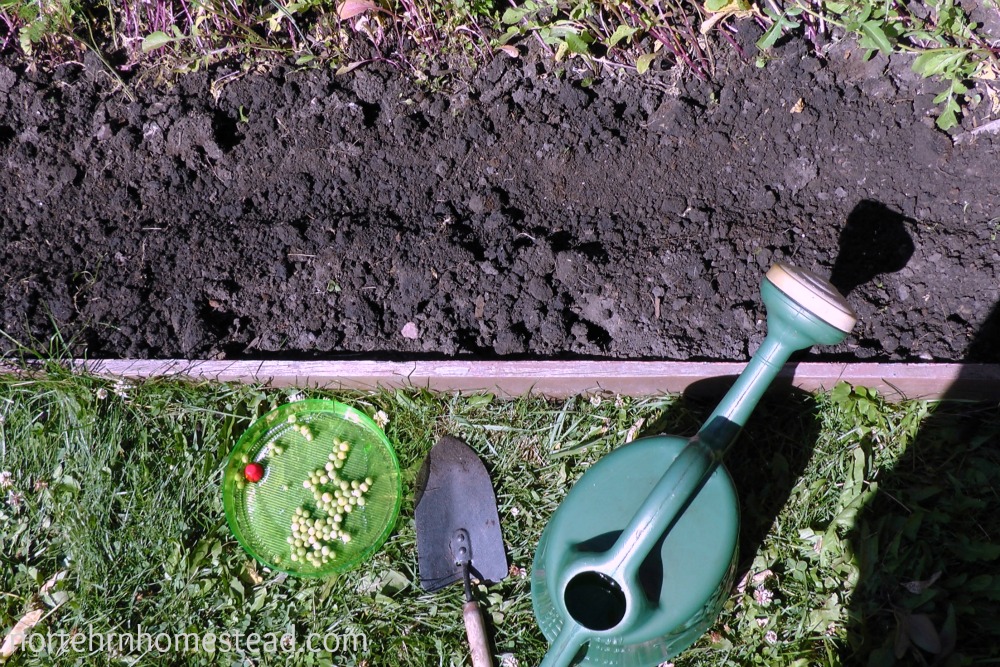
With the exception of the single planting that we just covered, soaked or sprouted seeds are not much different than normal seeds except they are more fragile.
Dry seeds still have a protective coating or skin that is broken when they have been soaked or sprouted. They need to be handled with care and kept moist.
Ideally, prepare the planting site before bringing out the seeds and have water ready to water them right away.
It is recommended that they be planted in moist soil about three times their size deep, covered lightly, and watered well. If the weather is dry, keep them moist to prevent new growth from drying out.
What experiences have you had with soaking or sprouting seeds?
We invite you to subscribe to Northern Homestead and follow us on Instagram, Facebook, or Pinterest for the latest updates.

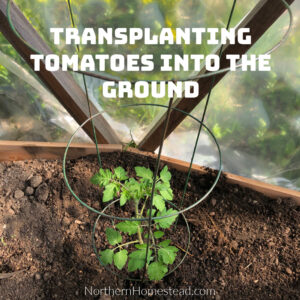
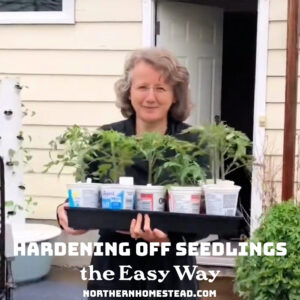
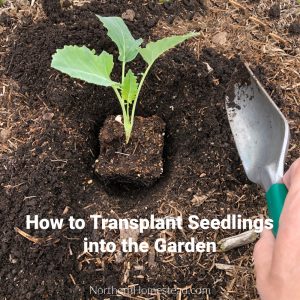
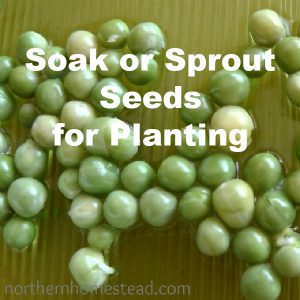
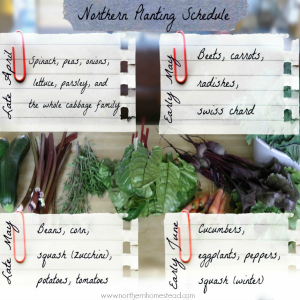

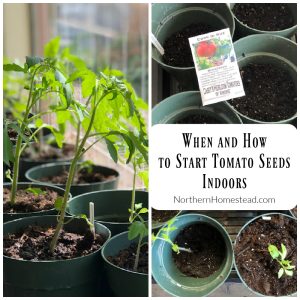

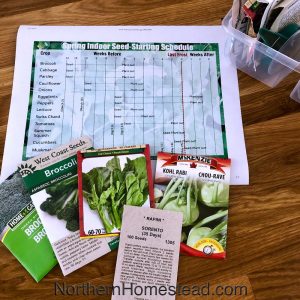
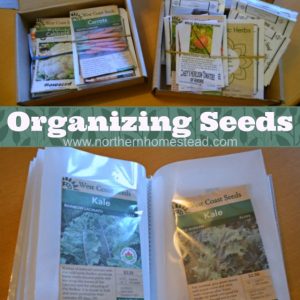

I love this post. Especially the idea of sprouting older seeds!! Definitely tackling this project. Thank you very much.
You are welcome, glad it is helpful. I just had several older/low-quality seeds that did not come up. Having them in the Sprouter is really a lot easier than planting and waiting, and waiting. And surprisingly one or two still sprout, it’s a bonus.